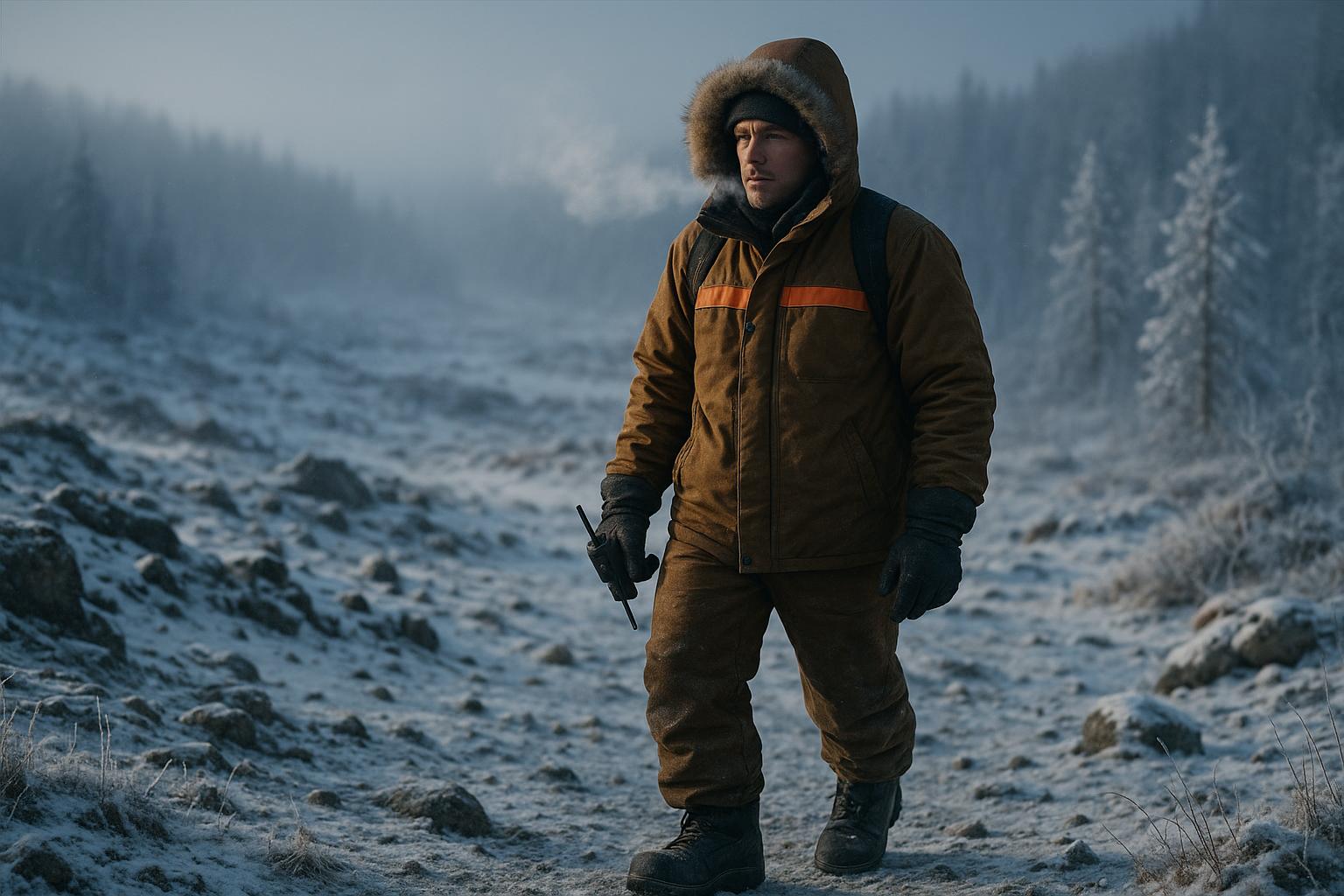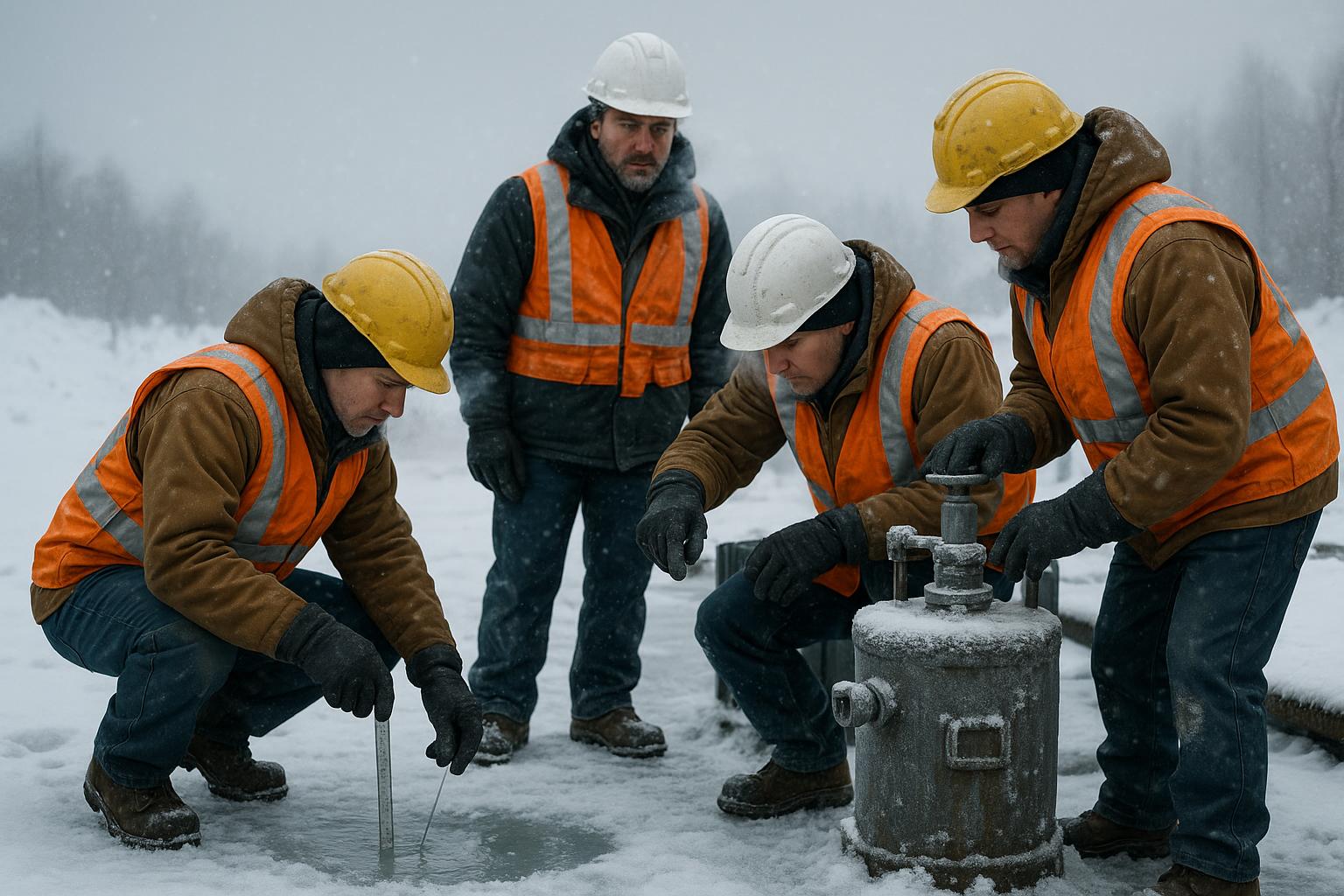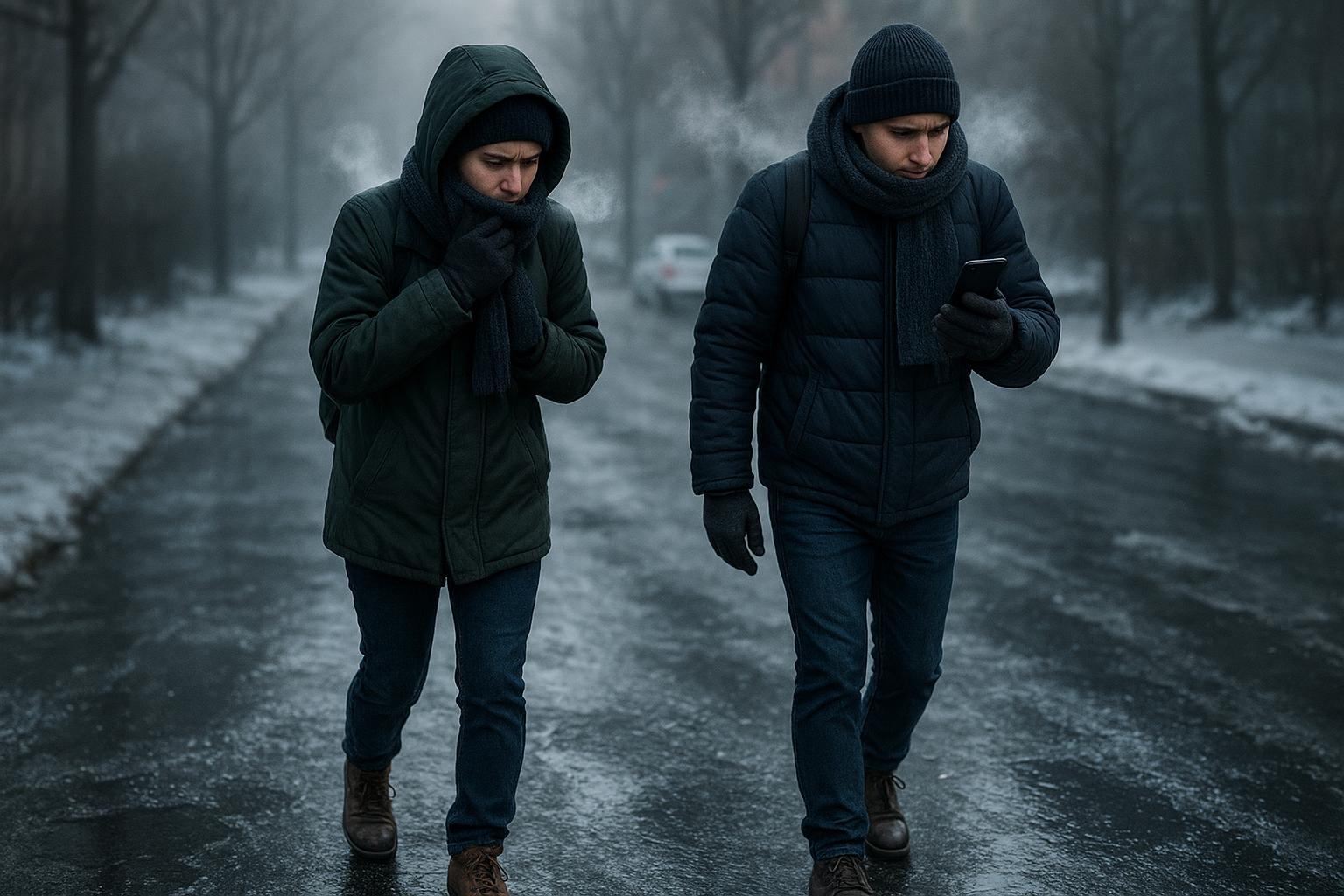Winter months present unique safety hazards in the workplace, including increased risks of workplace injuries, slips, trips, and falls caused by ice, snow, and wet surfaces. Addressing these workplace safety challenges proactively is crucial to protect employees, reduce injuries, and maintain compliance with workplace safety standards.
This guide offers practical strategies to prevent slips, trips, and falls in the workplace by focusing on de-icing techniques, proper footwear, and employee awareness during winter months.
How to Prevent Workplace Injuries and Why Winter Safety Matters?
Preventing workplace injuries like slips, trips, and falls is essential during winter as these safety hazards can result in injuries, operational downtime, and financial losses. Addressing these risks ensures:
Reduced Workplace Injuries
Minimizing workplace incidents prevents lost workdays, medical expenses, and potential liabilities.
Maintained Productivity
A safe environment ensures operations remain uninterrupted by accidents or unsafe conditions.
Boosted Employee Morale
Employees feel valued in workplaces that actively prioritize their safety and implement safety policies.
Enhanced Compliance
Meeting workplace safety regulations, such as OSHA standards, reduces the risk of penalties and enhances organizational reputation.
Workplace Injuries: Safety Hazards During Winter
Understanding the most common hazards during winter is critical for preventing workplace injuries and maintaining workplace safety:
- Ice and snow on outdoor surfaces, such as parking lots and walkways, increase the likelihood of slips and falls.
- Wet floors caused by snow and ice tracked indoors create dangerous conditions on hard surfaces.
- Reduced visibility during shorter daylight hours and inclement weather makes it difficult to spot hazards.
Recognizing and addressing these hazards is essential for maintaining workplace safety.
Strategies to Prevent Workplace Injuries:Slips, Trips, and Falls
1. Implement a De-Icing Plan
De-icing outdoor areas is critical to workplace safety during winter.
- Apply salt, sand, or de-icing agents to walkways, stairs, and parking areas.
- Use anti-slip mats in high-traffic zones to minimize risks.
- Assign employees to monitor and address icy conditions throughout the day.
A structured de-icing plan reduces hazards and ensures employee safety.
2. Encourage Proper Footwear
The right footwear is one of the simplest and most effective ways to prevent workplace slips, trips, and falls.
- Recommend insulated boots with non-slip soles for outdoor work.
- Promote waterproof shoes with good traction for indoor use.
- Offer reimbursements or discounts for approved safety footwear.
Educating employees on proper footwear choices is crucial for reducing safety hazards during winter.
3. Address Indoor Hazards
Preventing slips, trips, and falls indoors requires specific measures:
- Place absorbent mats at entryways to capture moisture and prevent wet floors.
- Use clearly marked wet floor signs in areas prone to slipperiness.
- Schedule frequent floor cleaning to remove water, salt, and debris.
Train maintenance staff on winter-specific cleaning procedures to uphold workplace safety standards.
4. Increase Employee Awareness to Prevent Workplace Injuries
Educating employees is key to maintaining workplace safety during winter months.
- Host safety training sessions on winter-specific hazards and prevention strategies.
- Distribute informational materials such as posters and tip sheets to reinforce safe practices.
- Encourage employees to report unsafe conditions, such as icy spots or wet floors.
Informed employees are essential to creating a culture of safety.
5. Improve Lighting and Visibility
Proper lighting is critical for navigating winter hazards in the workplace.
- Install motion-activated lighting in parking lots, walkways, and other high-risk areas.
- Replace dim or flickering bulbs promptly to ensure visibility.
- Use reflective tape on stairs, ramps, and other potentially hazardous locations.
Improved visibility helps prevent slips, trips, and falls during winter months.
Monitoring and Maintenance to Avoid Workplace Injuries
Consistent monitoring ensures that safety measures remain effective throughout winter:
- Conduct regular inspections of walkways, entryways, and indoor areas for hazards.
- Maintain logs of de-icing, cleaning, and hazard reports to track safety measures.
- Gather feedback from employees about winter safety initiatives and areas for improvement.
Proactive monitoring minimizes risks and ensures compliance with workplace safety standards.
Benefits of Preventing Workplace Injuries: Slips, Trips, and Falls
Organizations that proactively address workplace safety during winter enjoy numerous benefits:
- Fewer workplace incidents and injuries result in reduced downtime and financial savings.
- Employees feel valued and confident working in a safe environment.
- Meeting workplace safety regulations enhances compliance and prevents legal penalties.
- Reduced medical and insurance expenses lower overall operating costs.
Conclusion
Preventing slips, trips, and falls during winter months is essential for maintaining a safe and productive workplace. By implementing a robust de-icing plan, promoting proper footwear, addressing indoor hazards, and increasing employee awareness, you can effectively reduce risks and ensure a safer environment



